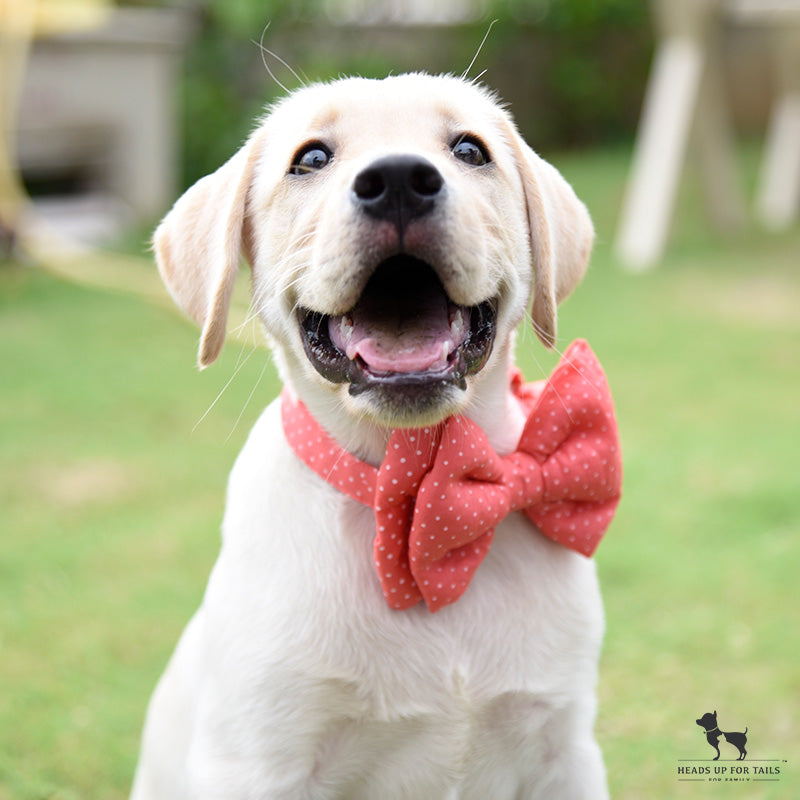
If you’re someone who has just brought home a new puppy, then congratulations! It’s going to be an adventure full of learning curves. Experiencing messy homes and smelly smells is something no pet parent can escape. This is why giving your puppy toilet training at home is a must.
With 26 years of experience in dog training and canine behaviour, Shirin Merchant explains how to toilet train your puppy in 7 days!
Our expert Shirin recommends following these 7 simple tips to toilet train a puppy at home:
Before you bring your puppy home, choose a designated spot you wish for them to be their permanent relieving spot. This spot can be a backyard or a balcony with all your training essentials around such as puppy pee pads, a loo box and an odour destroyer.
HUFT Recommends: Try our reusable puppy pads. With an anti-skid base, these are breathable, reusable, comfortable, machine-washable and offer a 4-5 layer protection to soak liquids easily!
Once you bring your puppy or even an adult dog home for the first time, it is important to expose them to the spot immediately. Do not let them relieve themselves anywhere but the designated spot. If you get the first or second exposure correct, the rest of your training becomes easier!

Your puppy is likely to relieve themselves at three specific timings:
This makes it easier for you to predict when your puppy might wish to use the loo. Once you have the schedule ready, be ready to take your puppy to their spot.
Just like human children, your puppy will need your help and patience when they’re relieving themselves. Make sure you take your puppy to the pee pads at the designated spot at the right time.
Remember: Your puppy is at a tender age when they might feel scared being alone. Hence, be present with them when they’re doing their business.
Just like human children, your puppy will take their time to learn something new. Hence it is fully natural for them to pee in different areas around the house. Here are some do’s and don'ts:

The Dos
The Don'ts
Shirin’s Tip: Why use your own detergent? Your puppy will find familiarity with the detergent’s smell as they would associate it with you! Hence, they would not wish to pee at the same spot.
Remember to keep guiding your puppy to the designated spot according to their peeing schedule. If you wish to see improvement in just seven days, be disciplined in maintaining your puppy’s daily eating, sleeping and playing routine. This will ensure that their peeing routine is consistent as well!
If you’re bringing home an adult dog and wish to toilet train them, you can follow the same tips too! Just remember that their feeding, sleeping and play time will differ from that of a puppy and hence their toilet schedule will be different as well!
*All imagery and videos used are the property of Heads Up For Tails and cannot be used or distributed without prior permission.
To potty train a puppy, start by choosing a designated spot for bathroom needs and take the puppy there immediately upon arrival. Maintain a consistent schedule based on their eating, sleeping, and play patterns to predict when they need to go. Be present to guide them and use positive reinforcement for correct behavior. Avoid scolding and clean up accidents with puppy-friendly methods. This approach helps establish a routine and reinforces good habits.
Toilet training a puppy involves establishing a consistent routine and a designated bathroom area. Take your puppy to this spot regularly, especially after meals, naps, and playtime. Use positive reinforcement to encourage them when they go in the right place, and avoid scolding for accidents. Clean any messes thoroughly to prevent repeat incidents. Consistency, patience, and positive reinforcement are key to successful toilet training.
Toilet training a dog can take several weeks to a few months, depending on the dog's age, consistency in training, and individual temperament. Puppies typically learn faster when introduced to a consistent routine and a designated toilet area. It's important to be patient and consistent, providing positive reinforcement and avoiding punishment for accidents. Regularly take your dog to the designated spot after meals, naps, and playtime to encourage the desired behavior